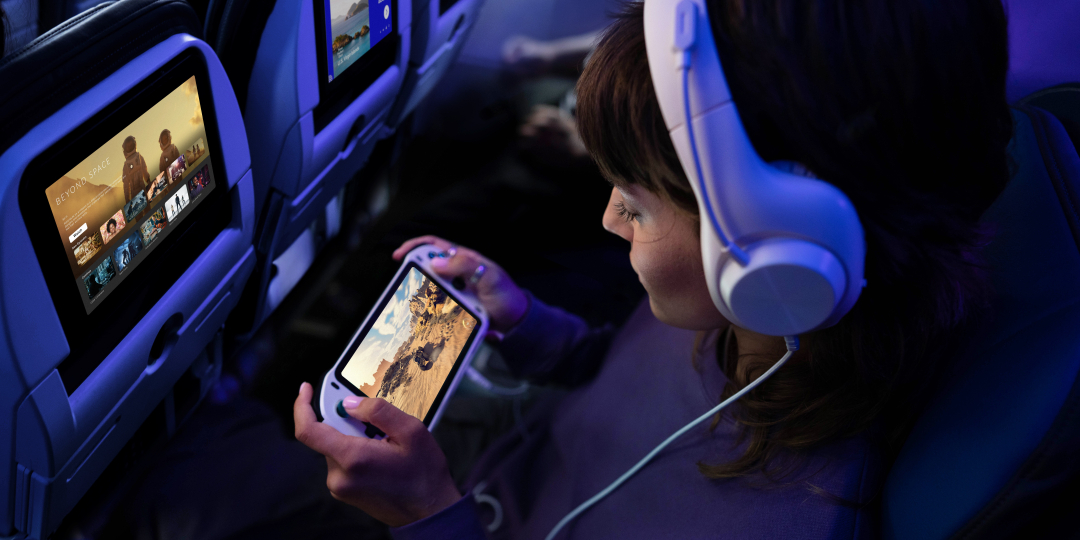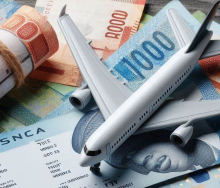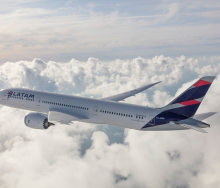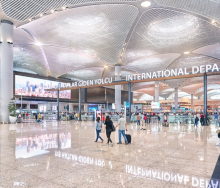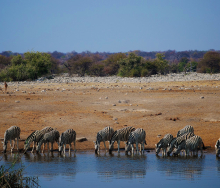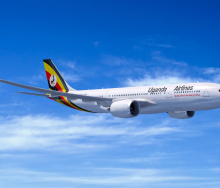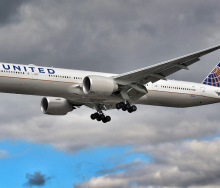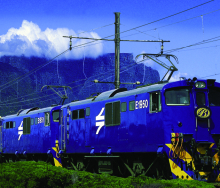United Airlines has signed an agreement with SpaceX to bring Starlink's fast, reliable WiFi service to its international and mainline routes within the US. It will be available on United’s flights to Johannesburg and Cape Town.
United expects to have Starlink on all its aircraft over the next several years. Testing begins early next year and WiFi is expected to be available on the first passenger flights later that year.
Starlink’s service on United aircraft will be free.
United is reportedly the largest airline across both the Atlantic and Pacific and will be the first carrier in the world to commit to offering Starlink’s service at this scale.
"Everything you can do on the ground, you'll soon be able to do on board a United plane at 35 000 feet, just about anywhere in the world," said United CEO, Scott Kirby. "This connectivity opens the door for an even better inflight entertainment experience, in every seatback – more content, that's more personalised.”
United's new Starlink WiFi service will include experiences like:
- Live streaming: access to personal streaming services and live TV, shows and movies without buffering, lag or the need to download content in advance.
- Workplace productivity: download/upload documents and edit shared files in real-time.
- Gaming: play live games and follow along on live gaming streaming services.
- E-Commerce: shop online, schedule grocery delivery and make restaurant and travel reservations on board.
- Multiple devices: connect multiple devices at once, under one user.
- Live support with the United app: download the United app while in flight to get real-time info about connections, and access customer support from a real agent through Agent on Demand.
The new service will also benefit United's frontline employees – United pilots, flight attendants, technicians and gate agents all use mobile devices to help run the operation and serve customers.
As United rolls out Starlink more broadly, it will give those teams the same capabilities in the air that they have on the ground, including when they are working in remote locations or when traditional services might be impacted, like during power outages or natural disasters.

